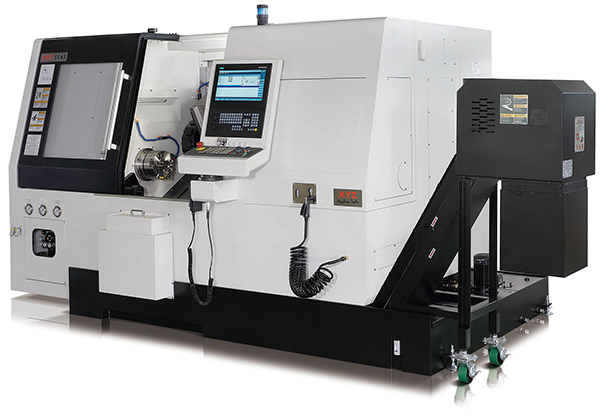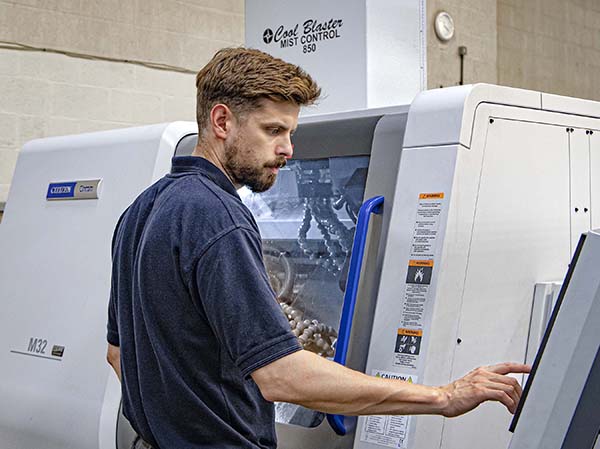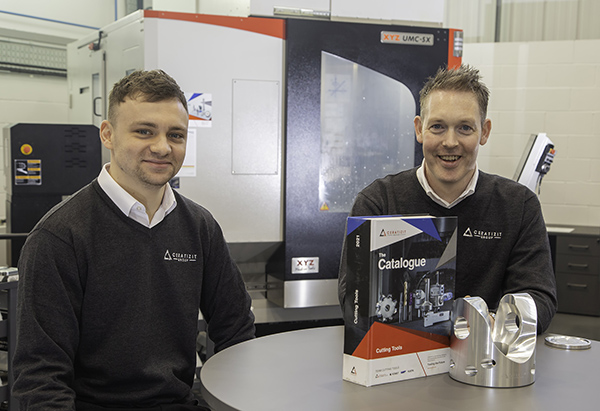
Southern Manufacturing 2022 takes place this week on 8-10 February. From modest beginnings as a regional event, Southern Manufacturing has evolved into a fully-fledged national show, with increasing influence across continental Europe and further afield. In 2018, the event entered its third decade with a move into its new permanent home, the £35m Farnborough International Exhibition and Conference Centre, a 20,000m sq m complex offering world-class facilities, easy access and free onsite parking.
Although the event is important enough to attract big name manufacturers, it is also an extremely accessible show for the rich eco-system of engineering SMEs operating across the UK, and increasingly, mainland Europe. As usual, MTI magazine will be present at the show. From Stand G230, passing visitors can pick up a copy of our show issue, or call in to learn more about the industry’s easiest way to buy and sell machine tools.
For further information
www.industrysouth.co.uk























